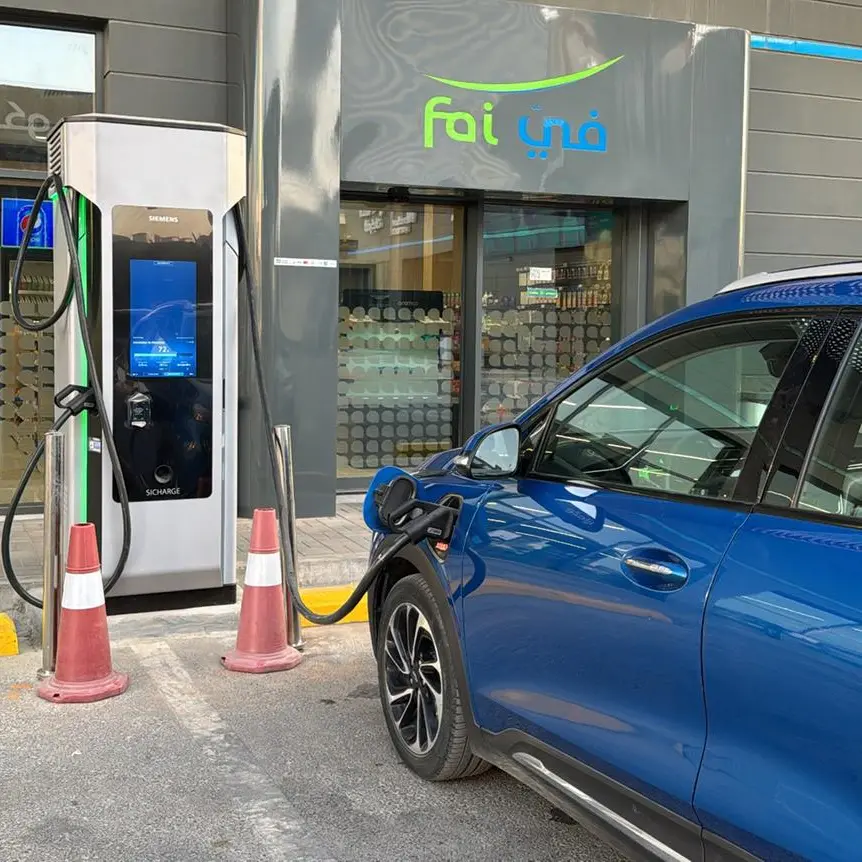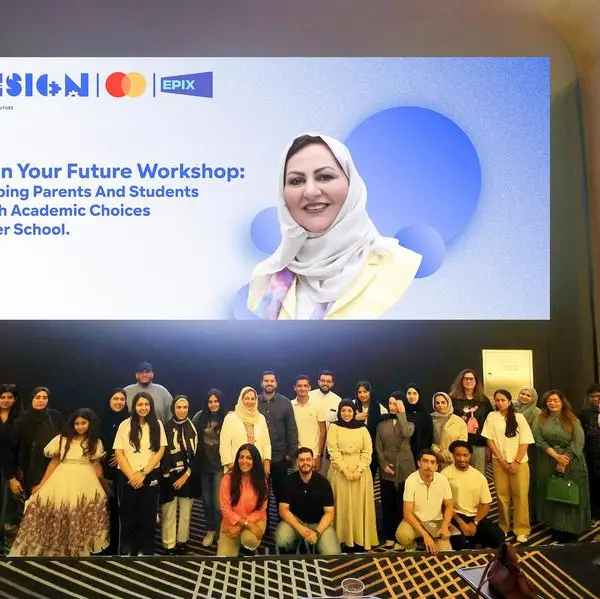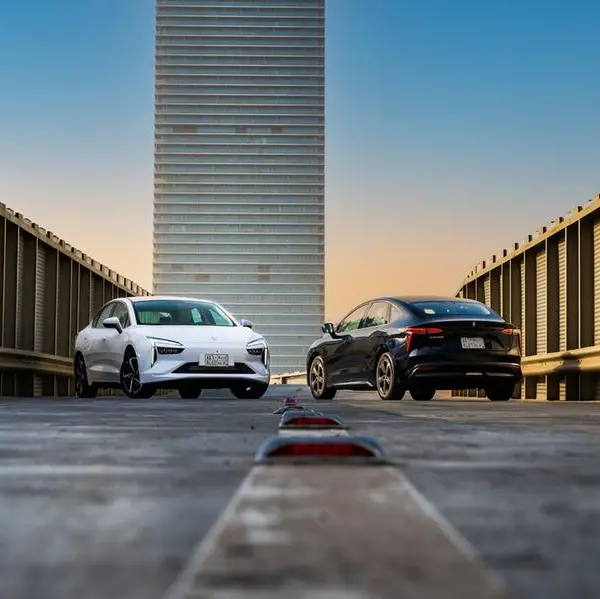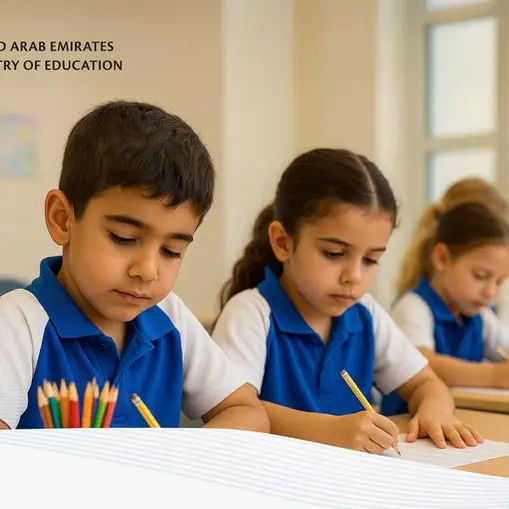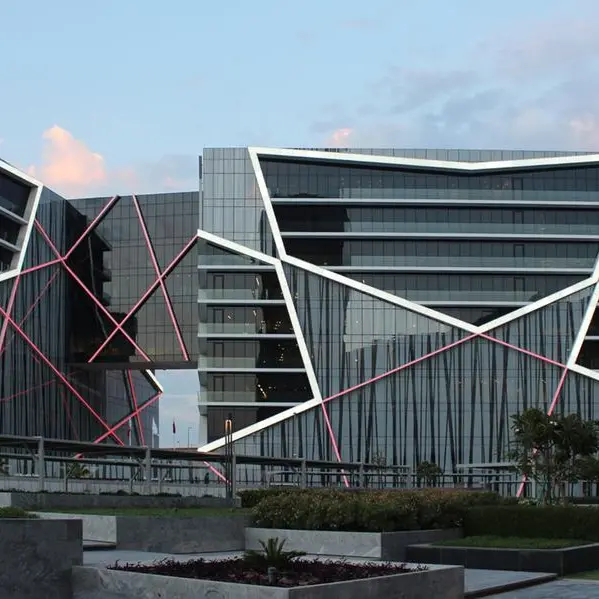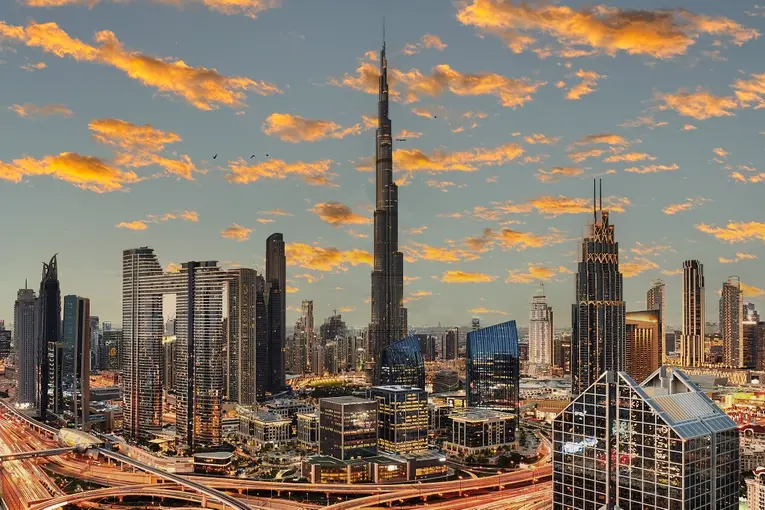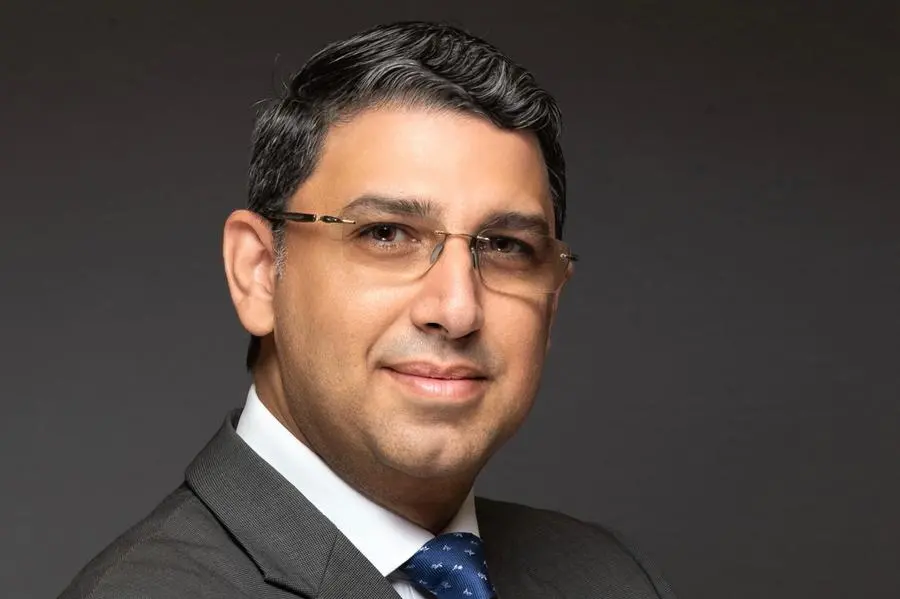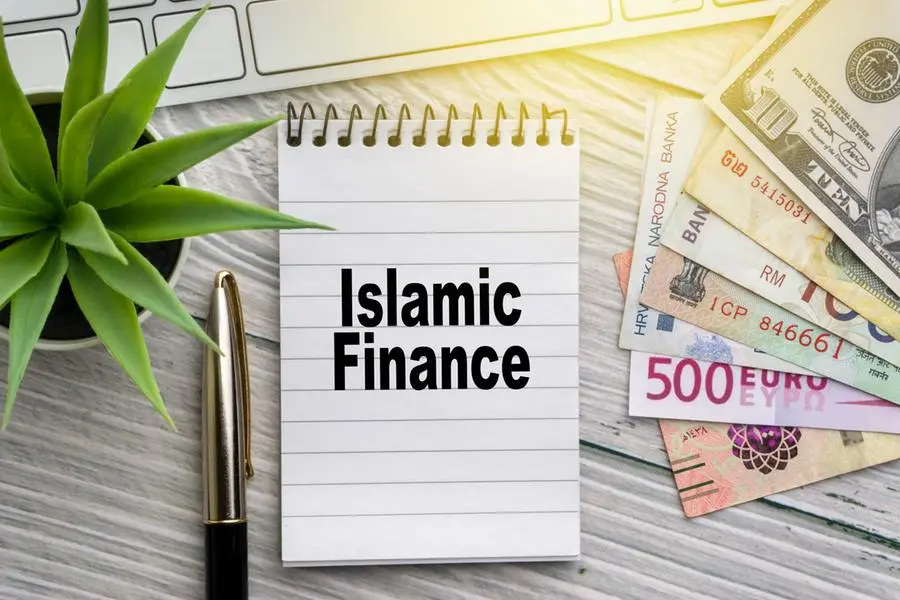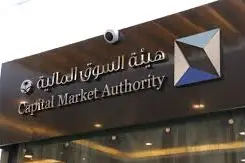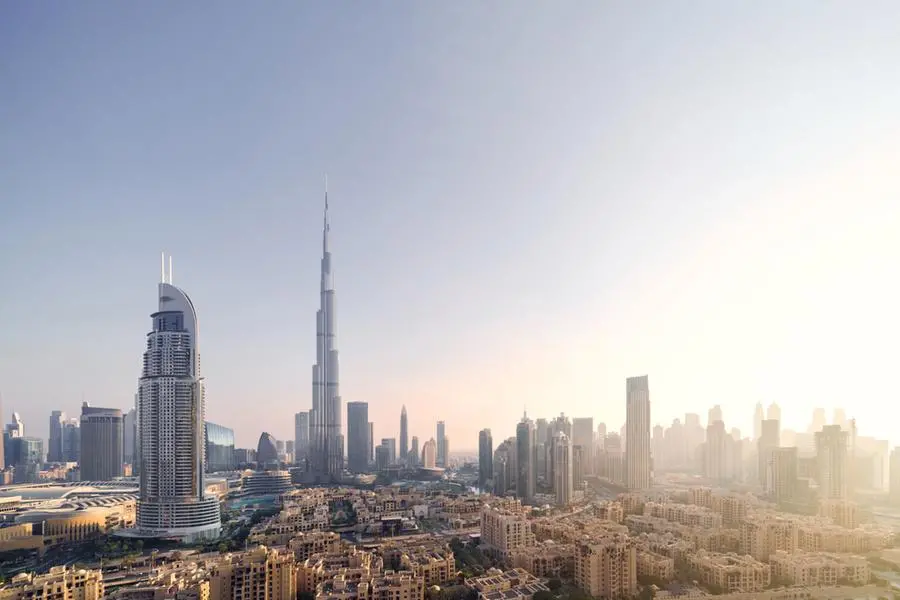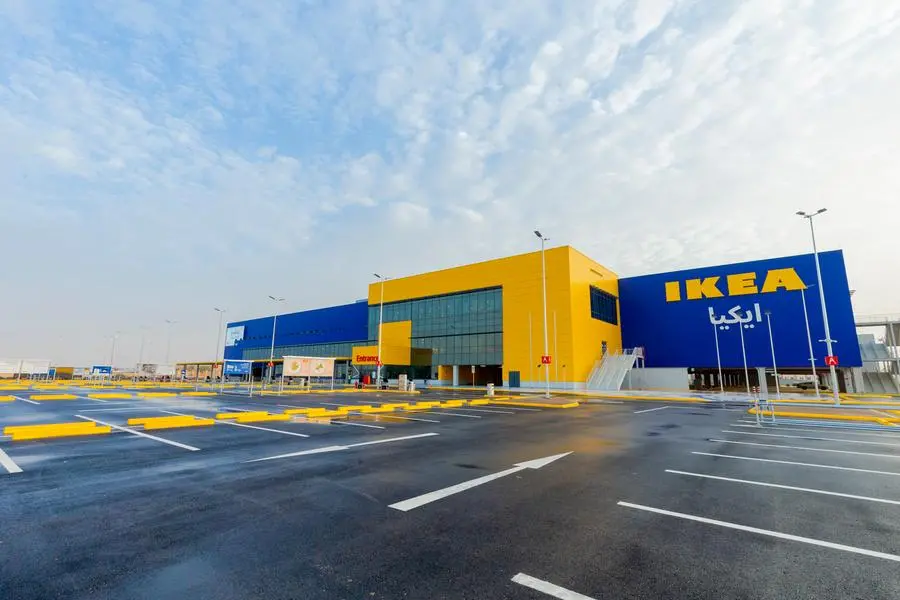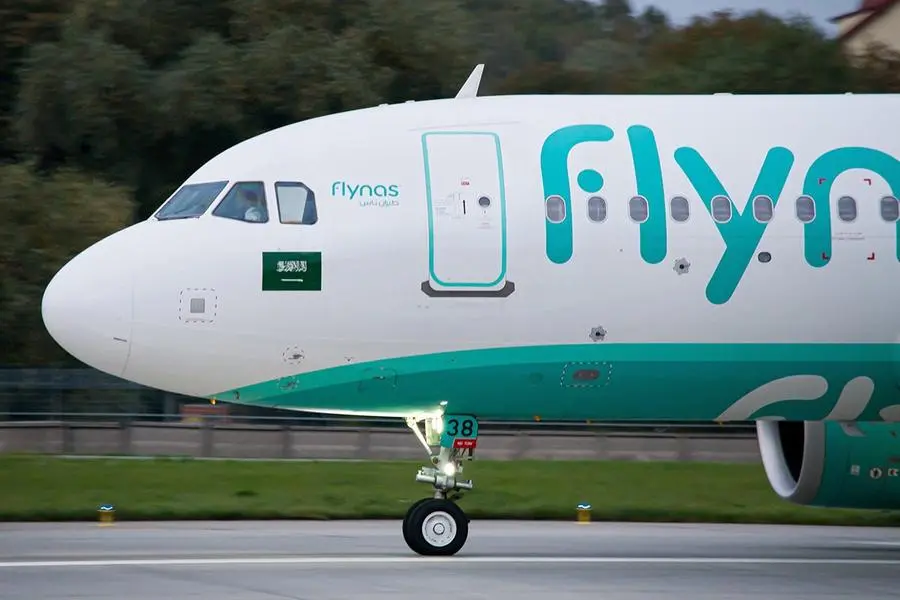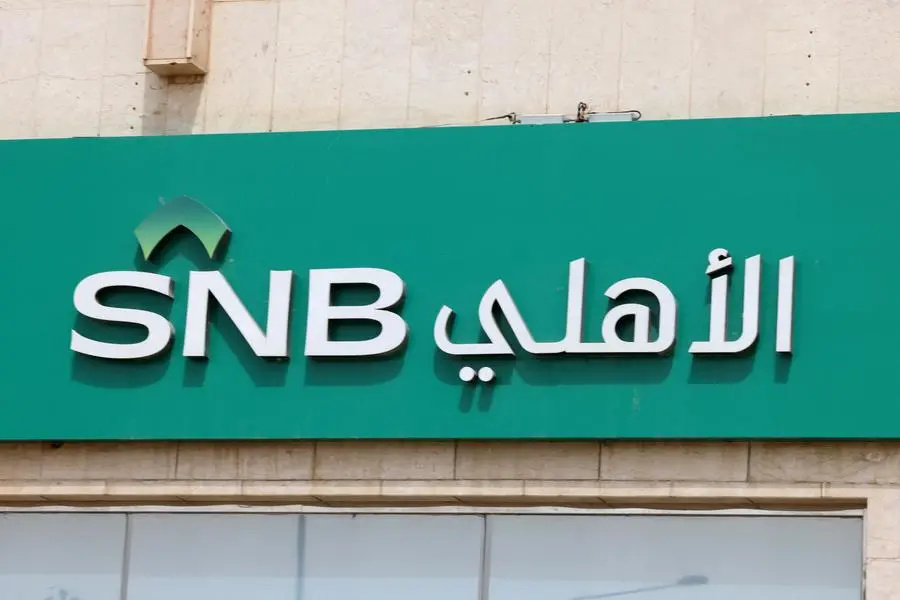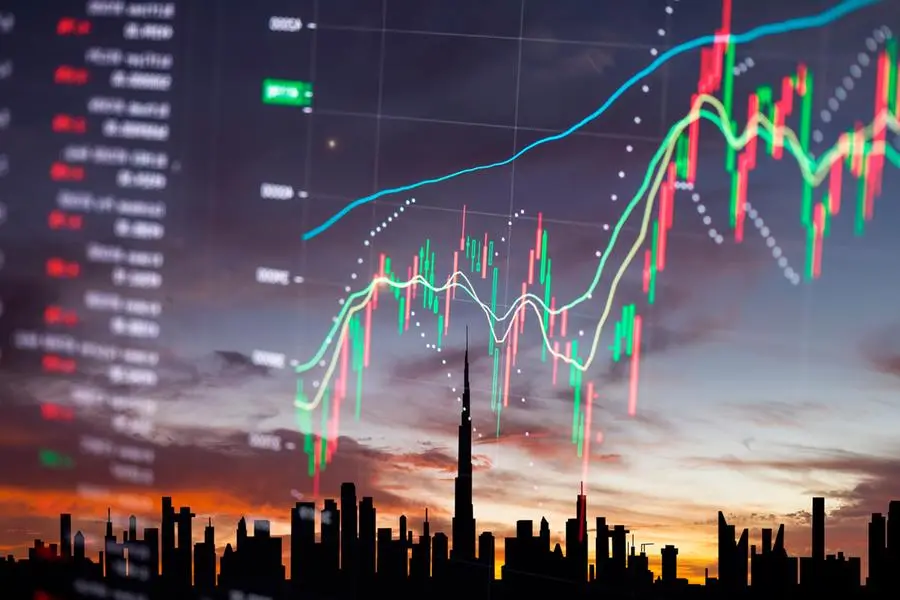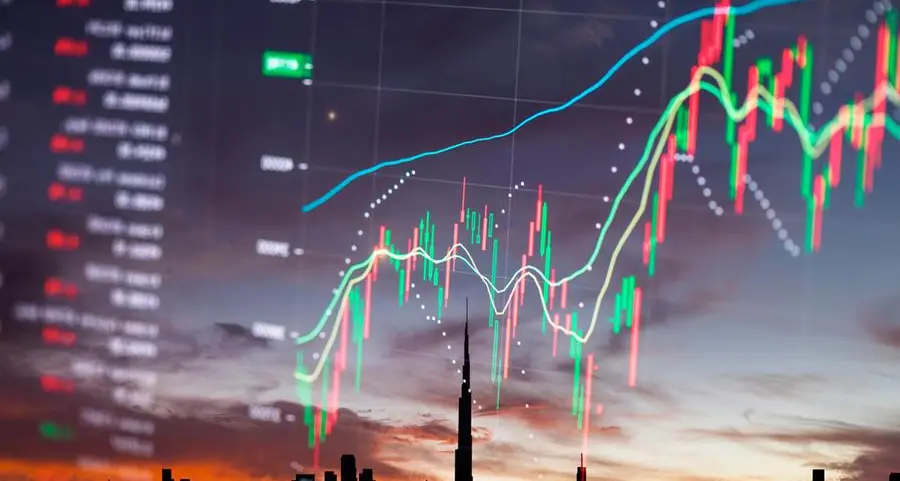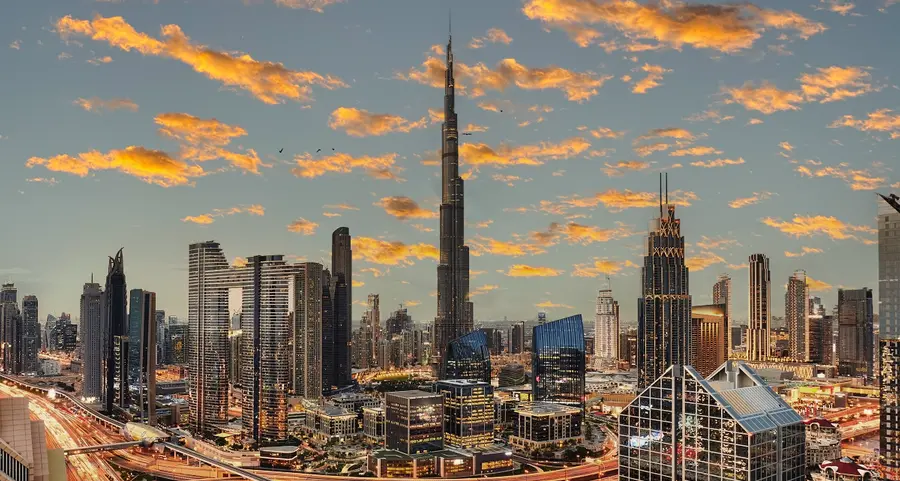Barzan Train 1 is expected start-up in 1Q 2015
When completed, Trains 1 and 2 will produce around 1.4 billion cubic feet a day of clean-burning natural gas from the North Field
The $10.3 billion project is fully integrated from reservoir to customers
Doha, Qatar: 03 September 2014
RasGas Company Limited (RasGas) today announced that Train 1 of its historic Barzan Gas Project (BGP), which will play a significant role in meeting Qatar's rapidly growing domestic energy demand, is more than 95 per cent complete and is rapidly ramping up for first production of clean-burning natural gas in the first quarter of 2015.
Construction work on Train 2 is also progressing well with expectations to be completed by the middle of 2015. Once completed, the two processing trains will produce around 1.4 billion standard cubic feet a day (bcfd) of sales gas. Combined with RasGas' other facilities production (LNG and sales gas), the BGP is set to make RasGas one of the largest single gas processors in the world with a production capacity of 11 bcfd (the equivalent of almost two million barrels of oil). In addition to sales gas, Barzan will produce about 22,000 barrels per day (bpd) of field condensate, 6,000 bpd of plant condensate, 34,000 bpd of ethane, 10,500 bpd of propane and 7,500 bpd of butane.
His Excellency Dr. Mohammed bin Saleh Al-Sada, Minister of Energy and Industry said, "The Barzan Gas Project is strategically important for Qatar's sustainable economic development, and is a powerful step forward in the country's overall industrial and human development, in line with Qatar National Vision 2030, under the wise leadership of His Highness Sheikh Tamim bin Hamad Al Thani, the Emir of the State of Qatar, carrying on the vision of His Highness the Father Emir Sheikh Hamad bin Khalifa Al Thani. I would like to commend RasGas, its shareholders, Qatar Petroleum and ExxonMobil Corporation, its contractors and all involved in this massive project for their commitment, outstanding management and world-class safety achievements."
The construction of this mega-project, which includes both offshore and onshore facilities, started in 2011. The offshore facilities include three offshore wellhead platforms, subsea pipelines and cables. The onshore facilities are comprised of a gas processing unit, a sulphur recovery unit to remove impurities from the natural gas, and a natural gas liquids (NGL) recovery unit, which will produce methane, ethane, propane, butane and condensate. Ethane produced from the plant will be used as a feedstock for the growing Qatari petrochemical industry. RasGas was appointed by its shareholders, Qatar Petroleum and ExxonMobil, to design, construct and operate the BGP, which is one of the largest and most technologically advanced gas projects in the region.
Safety Performance
The project has maintained world-class safety performance and industry-leading results for the last three years through a disciplined approach to process safety and relentless focus on accident prevention and continually improving project execution practices.
Emphasising the need for continued vigilance, Hamad Rashid Al Mohannadi, RasGas' Chief Executive Officer, said "The Barzan Gas Project is a prime example of RasGas' commitment to safety and excellence in project management and execution. I am proud to note that we have already achieved an unprecedented world-class safety record of 130 million man-hours without a lost time incident (LTI). I would like to thank our shareholders, contractors, employees and workers for this outstanding achievement given the complexity of managing a multi-national workforce of more than 30,000 people at peak construction in very challenging conditions."
Environmental Commitment
Al Mohannadi also cited the company's commitment to the environment as a high priority area where RasGas has taken significant strides in ensuring that the BGP facilities are built utilising the right technology and sound engineering design to operate safely and reliably.
Various innovative technologies and controls are being implemented to minimise adverse environmental impacts. These include using the best available technology (BAT) for combustion sources, utilising innovative start-up flare minimisation strategies, and undertaking environmental projects to protect coral and marine life. The facility will also utilise ExxonMobil's Flexsorb® SE Plus for tail gas treatment of the sulfur recovery plant which will allow the facility to achieve 99.4 per cent recovery efficiency, which will be the highest recovery efficiency of any gas treatment project in Ras Laffan Industrial City. Specialised burner technology has also been installed on fired equipment and gas turbines to help minimise nitrogen oxide (NOx) emissions.
As part of RasGas' efforts to preserve marine life and protect biodiversity in its project waters, the company relocated around 1,600 corals living along the Barzan Gas' pipeline route prior to construction. This was done in consultation with Qatar's Ministry of Environment.
Qatarization Achievements
Another first that distinguishes the project is the number of Qatari nationals working on the project. The Barzan Gas Project has the highest number of Qataris, working in almost every key discipline, of any single RasGas project, thus ensuring that maximum exposure and experience are given to national graduates to develop their career in the Qatari energy industry. This included embedding them with the project teams in Japan and South Korea throughout the different phases of the project. Additionally, a broad range of Qatari companies have also been involved in providing essential support in terms of manpower, materials, equipment and services.
Contractors and Customers
Several contractors played a key role in the planning, engineering, procurement, construction and development of the project including JGC Corporation and its sub-contractors for the onshore facilities and Hyundai Heavy Industries for the offshore facilities. Yet another key feature of this major "from Qatar to Qatar" project has been the utilisation of a large percentage of Qatari sub-contractors, further developing national capability.
Once completed, a major portion of the Barzan gas production will be used by the power and water generation sectors, enabling them to utilise clean-burning ` natural gas to support several of Qatar's new projects that are underway.
-Ends-
About RasGas
RasGas Company Limited (RasGas) is a Qatari joint stock company established in 2001 by Qatar Petroleum and ExxonMobil RasGas Inc. RasGas acts as the operating company for and on behalf of the owners of the liquefied natural gas (LNG) projects RL, RL (II) and RL3 (Project Owners). With operations facilities based in Ras Laffan Industrial City, Qatar, RasGas' principal activities are to extract, process, liquefy, store and export LNG and its derivatives from Qatar's North Field. RasGas, on behalf of the Project Owners, exports to countries across Asia, Europe and the Americas with a total LNG production capacity of approximately 37 million tonnes per annum.
For pipeline sales gas to the domestic market, RasGas also operates the Al Khaleej Gas Projects, AKG-1 and AKG-2 supplying approximately 2.0 billion standard cubic feet (Bscf) per day. RasGas is currently adding production capacity by building the Barzan Gas Project which when fully operational in 2015, is expected to supply approximately 1.4 Bscf of additional sales gas per day to the Qatari market to meet growing demand for energy at power stations and downstream industries.
RasGas currently operates the Ras Laffan Helium Plant which was established in 2003 and came on stream in 2005. The plant extracts, purifies and liquefies helium from the North Field. The second helium plant entered production in June 2013 bringing the total liquid Helium production capacity to 1.96 Bscf per year. www.rasgas.com
BARZAN GAS PROJECT - QUICK FACTS
Offshore
• A total of 30 gas development wells, 10 at each of the three unmanned wellhead platforms in North Field
• Each Barzan wellhead is currently estimated to weigh approximately 2700 MT.
• Approximately 100 km of subsea cables to supply power from onshore
• Two 32-inch subsea gas export pipelines running 92 km each, to transport about 1,900 mmscfd of gas from the platforms to the onshore plant at Ras Laffan
Onshore
• Comprised of a gas processing unit, a sulphur recovery unit and a natural gas liquids (NGL) recovery unit, which will produce methane, ethane, propane, butane and condensate.
• Located in Ras Laffan Industrial City (RLIC), which is approximately 70 km north of Doha, Qatar
• Purchased utilities from RLC/ Kahramaa:110 MW electricity, desalinated water, seawater supply and return
Technological Innovation
• Sulfur recovery facilities to remove impurities from the inlet gas stream. These world-class facilities will produce almost 4,000 metric tonnes per day of molten sulfur.
• Utilising ExxonMobil's Flexsorb® SE Plus technology for tail gas treatment of the sulfur recovery plant that will allow the Barzan facility to achieve 99.4% recovery efficiency, the highest recovery efficiency of any gas treatment project in Qatar.
• Proprietary technology that recovers natural gas liquids (NGL) from the sales gas stream to generate additional revenue for the project and removes nitrogen from the sales gas stream to achieve the sales gas specifications required by customers. This integrated NGL Recovery and Nitrogen Rejection Unit (NRU) will the first application of this industry-proven technology in Qatar.
• Sea water cooling towers that provide an advanced closed loop system that to cool process streams. This closed-loop system minimises the use of sea water required for process cooling.
• Burner technology for fired equipment and gas turbines designed to minimise nitrogen oxide (NOx) emissions.
Qatarization
• The Barzan Gas Offshore and Onshore Projects completed a Professional Development Programme (PDP) for 31 RasGas and QP Qatari employees. This programme involved classroom training and workshops followed by five months of on-the-job training with JGC and HHI's project teams and working daily on the project deliverables with the Barzan Project Management Team.
General
• At peak construction, more than 30,000 people worked on the project.
• Joint venture with Qatar Petroleum owning 93% and ExxonMobil owning 7%, with RasGas as the developer and operator.
• Once BGP is completed, RasGas will be one of the largest single gas processors in the world.
Comparatives
If you laid all of the Barzan Gas cabling end to end along a highway and drove 105 km/h (65 mph), it would take 22 hours and 8 minutes to drive the distance of the cabling (2,300 km of cable).
The amount of structural steel on the Project, 24,300 tonnes, equals 8,097 standard sized sedan vehicles (3 tonnes). If you were to stack these vehicles (average height of 4ft 10in) on top of each other, it would be equivalent to the height of 40 Aspire Towers in Doha (984 ft) or approximately the cruising altitude of an airplane (39,000 ft.)
© Press Release 2014

